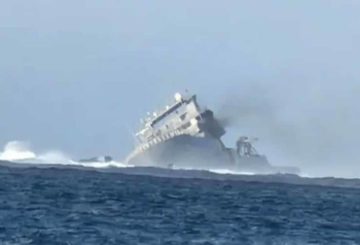家賃の点検は、家をどれだけ清潔にする必要があるかを心配することが多いテナントにとって煩わしいものです。家主や不動産管理者は、清潔さや損傷、電化製品が機能しているかどうかをチェックします。レイ・ホワイトのジェシカ・カリー氏は、検査は入居者が退去時に不当な請求を受けるのを防ぐのに役立つと言います。
レンターズ・ユナイテッドのザニアン・スティール氏は、一部の家主、特に小規模な家主は、自分の責任についての知識が不足していると指摘しています。点検中、プロパティマネージャーは一般的な清潔さを求めますが、ホテルのように完璧である必要はありません。たとえば、パン粉が少し入っていたり、ほこりが少しあれば問題ありません。
ただし、入居者が退去するときは、より良い状態で物件を出なければならない場合があります。家主は検査中に写真を撮ることができますが、必要でない限り私物の写真を撮るべきではありません。点検は、テナントがメンテナンスの問題を報告する機会でもあります。
点検は、レンタルの場合は午前8時から午後7時まで、下宿の場合は午前8時から午後6時の間に行われます。点検の少なくとも48時間前にテナントに通知する必要があります。また、入居者は物件の外を掃除する必要はありません。それが家主の仕事です。
入居者がペットを飼っている場合や、物件を特定の方法で利用している場合、特定のエリアの清掃はテナントが担当することがあります。たとえば、バーベキューでデッキが散らかった場合、テナントにそのエリアの清掃を依頼することがあります。
施設管理者は戸棚を開けて水漏れがないか確認することもできますが、テナントのプライバシーを尊重する必要があります。家主が身の回り品が保管されている場所を確認したい場合はテナントに通知することが重要です。
賃貸借契約に明記されていない限り、テナントはプロによる清掃費用を支払うことを強制されるべきではありません。また、物件での通常の磨耗や損傷について心配する必要もありません。フローリングの磨耗や通常の使用による小さな汚れなどの問題は公正な損耗と見なされますが、意図的な損傷はそうではありません。
テナントにとって、権利を理解し、家主とコミュニケーションをとることは不可欠です。問題があれば、写真や電子メールで文書化する必要があります。解決できない問題が発生した場合、テナントは市民相談局またはテナント裁判所に支援を求めることができます。
定期的な検査は、物件の維持管理状況を把握するのに役立ち、テナントを不当な請求から守ることができます。これにより、磨耗や損傷が確実に確認され、入居終了時に予期せぬ事態が発生することを回避できます。





























































